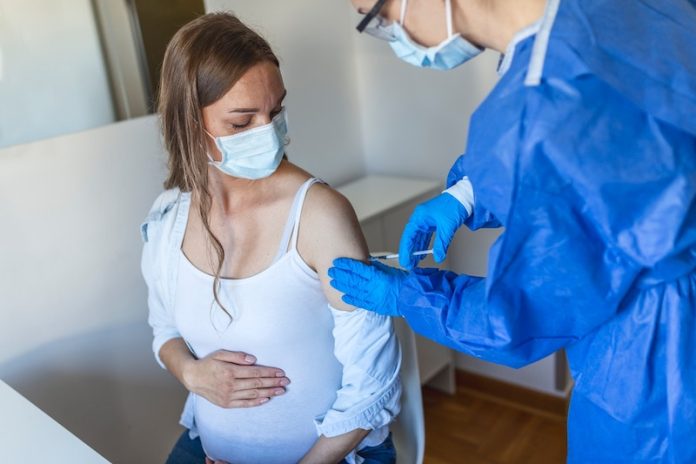
Imagine if you and your friend were both sick, but only your friend received the medicine needed to get better.
That wouldn’t be fair, right? Well, that’s a similar situation to what many poorer countries faced during the COVID-19 pandemic.
According to a study led by Professor Alessandro Vespignani from Northeastern University, over half of COVID-19 deaths in 20 lower-income countries could have been avoided if they had the same access to vaccines as wealthier countries.
This sad fact made Professor Vespignani feel like he had been punched in the stomach.
A Big Problem with No Clear Solution
“We need a different system where more vaccines are available and are shared fairly across the world,” Professor Vespignani said.
He also mentioned that this inequality comes with a high cost, both in terms of lives and resources.
The Study and What it Found
The research team, including Professor Vespignani, and other scientists like Matteo Chinazzi, used a computer model to estimate how many lives could have been saved in 20 countries including Kenya, Afghanistan, and Bolivia.
They checked what would have happened if these countries got vaccines at the same time and in the same amounts as the U.S. and other richer countries.
They estimated that over half of the deaths in these countries could have been prevented. In some countries, like Afghanistan and Uganda, even up to 90% of deaths could have been avoided.
What if Vaccines Were Given Sooner?
The researchers also wondered what would have happened if these countries got vaccines earlier, but not more of them.
They estimated that between 6% and 50% of deaths could have been avoided. This shows that timing is also very important.
The Failure of Global Efforts
Even though international health groups knew this problem might happen and tried to fix it, they didn’t succeed.
For example, the COVAX program, aimed at ensuring everyone in the world gets access to COVID-19 vaccines, wasn’t able to beat what’s called “vaccine nationalism.”
That’s when countries prioritize their own citizens over others for vaccines.
The Situation of Vaccine Distribution
After COVID-19 vaccines became available in 2021, wealthy countries had enough doses for everyone, while poor countries only had one to four doses for every 100 people. This created a big gap between countries.
Barriers to Speeding Up Vaccinations
Professor Vespignani said that there are many problems when it comes to delivering vaccines fast in poor and lower-middle-income countries.
These include a lack of healthcare workers, not enough money, and a poor system for delivering vaccines, especially in rural areas.
What Needs to be Done Next?
Professor Vespignani suggests that simply taking vaccines from wealthy countries and giving them to poorer ones is not the solution.
This would only increase deaths in wealthier countries. Instead, we need to be better prepared for the next pandemic.
He emphasized that we need both a good system for delivering vaccines and more vaccine doses available. That way, the next time a pandemic happens, we can make sure everyone gets vaccinated quickly and fairly.
If you care about health, please read studies about a primary cause of Alzheimer’s, and the best time to take high blood pressure drugs.
For more information about health, please see recent studies about new hidden cause of dementia, and results showing diabetes drug metformin may slow down cognitive decline.
The study was published in Nature Communications.
Copyright © 2023 Knowridge Science Report. All rights reserved.



